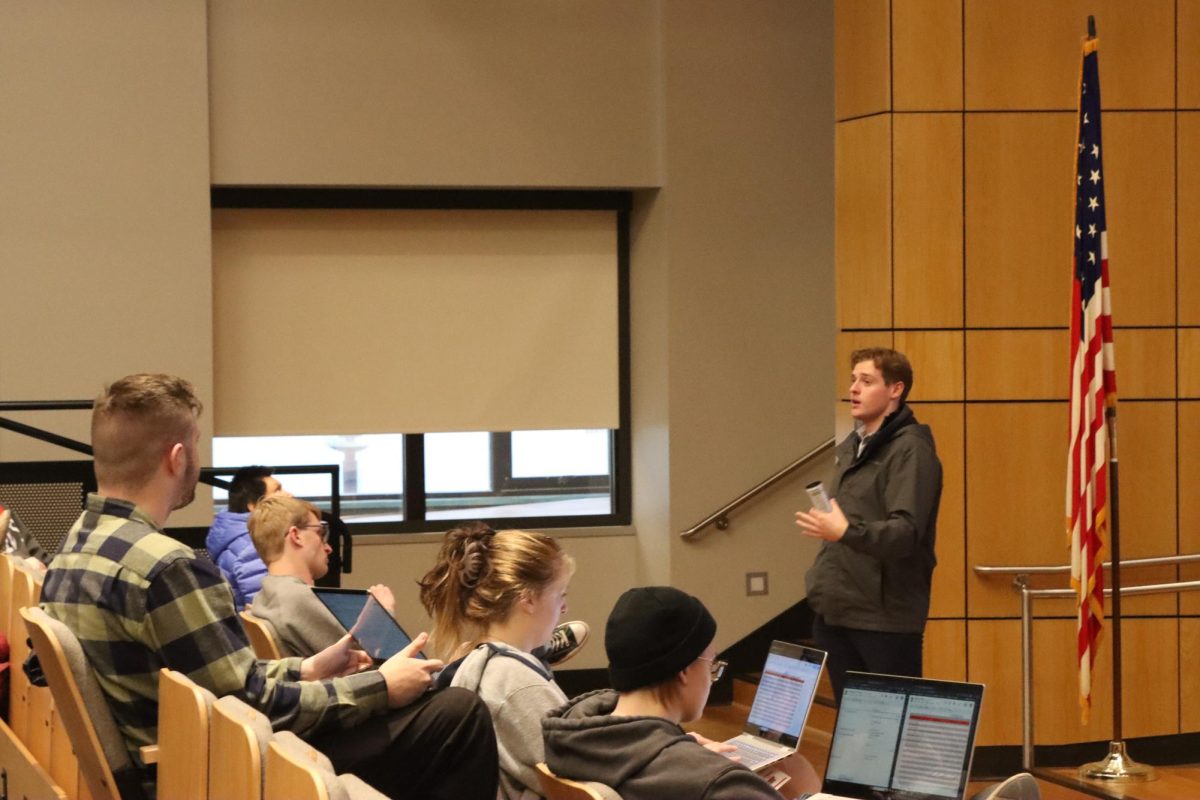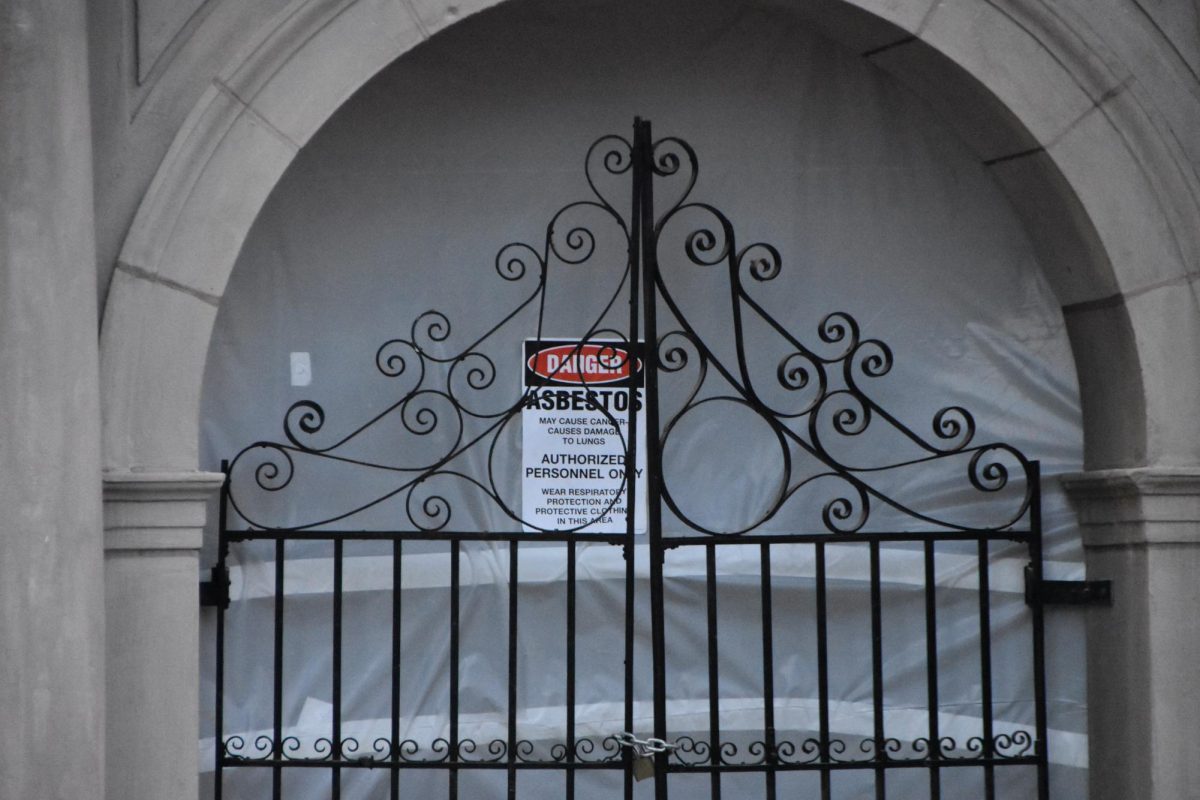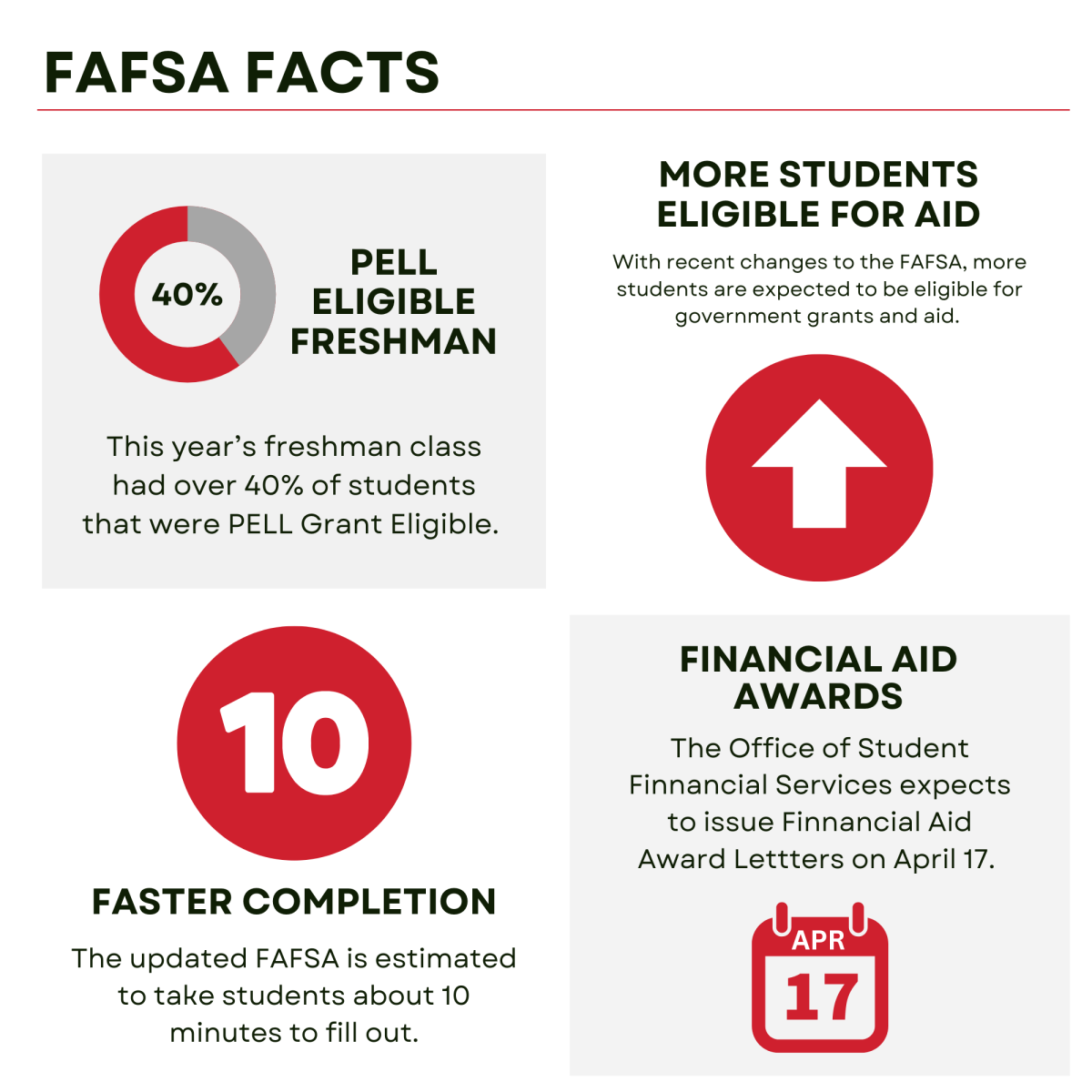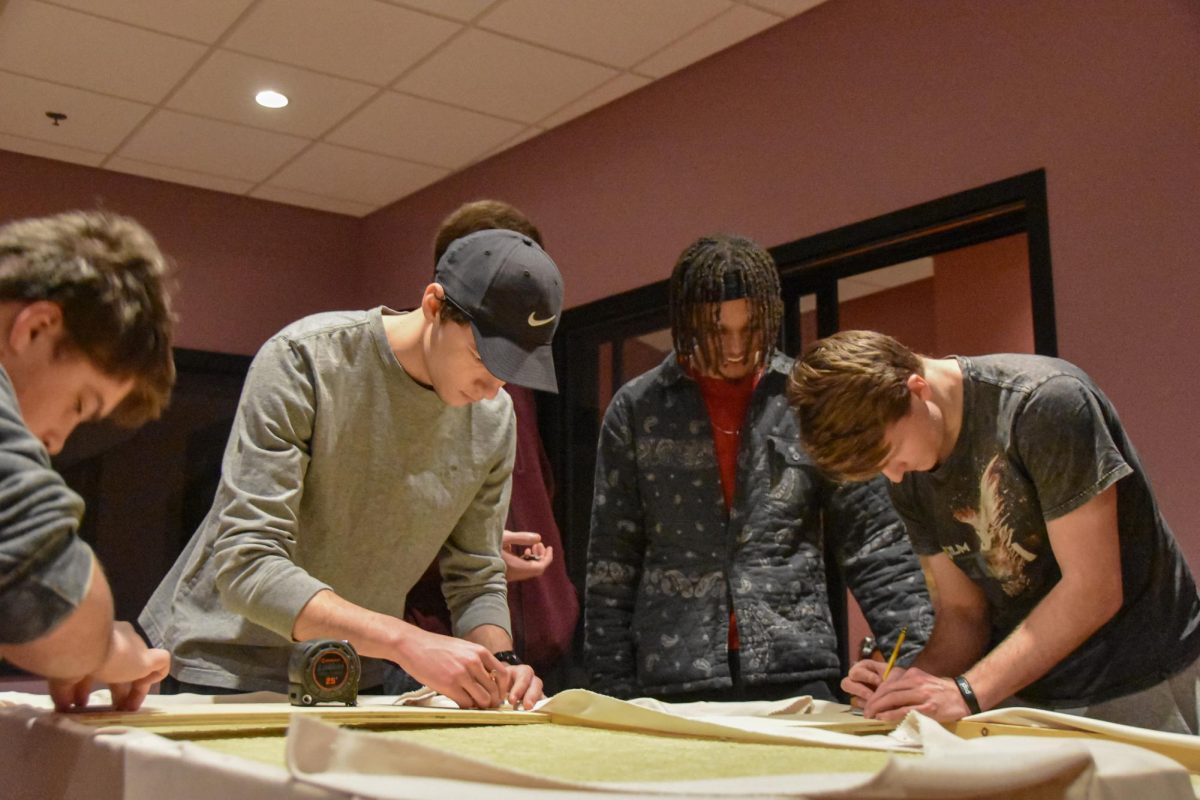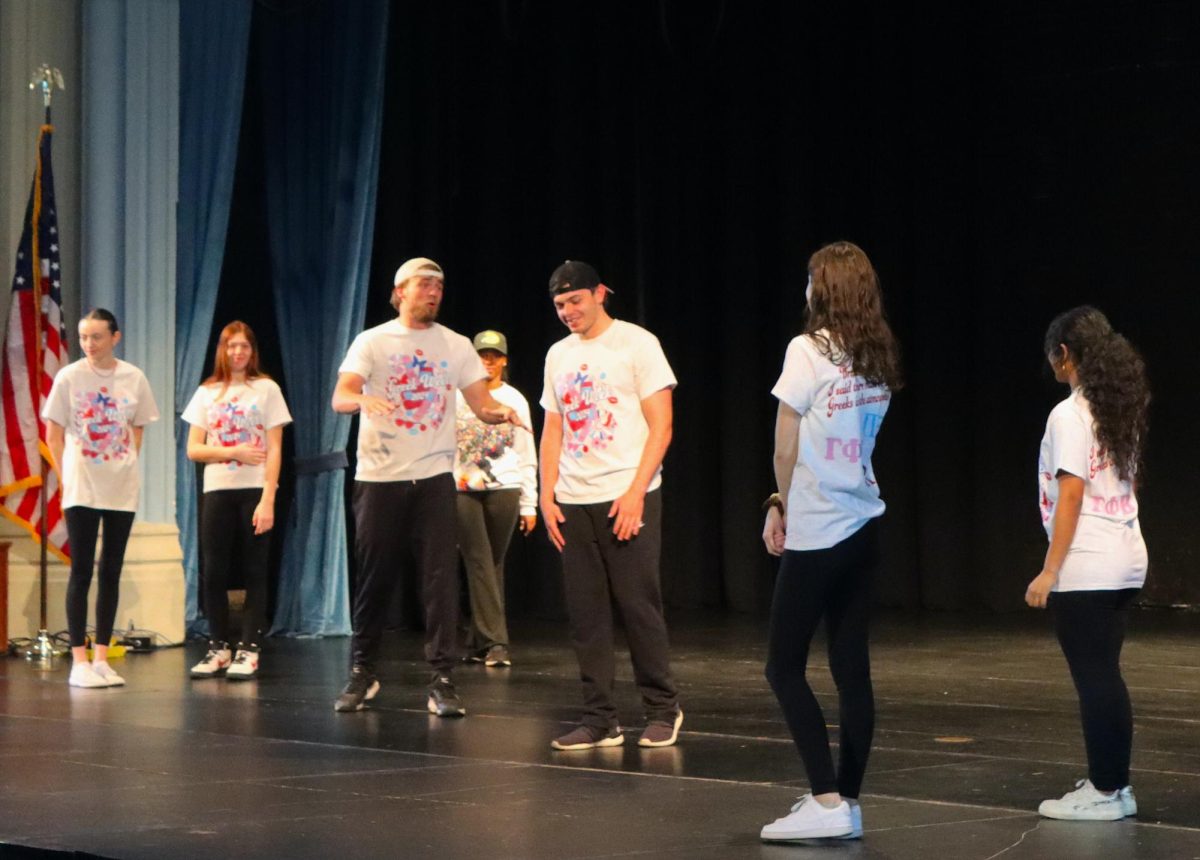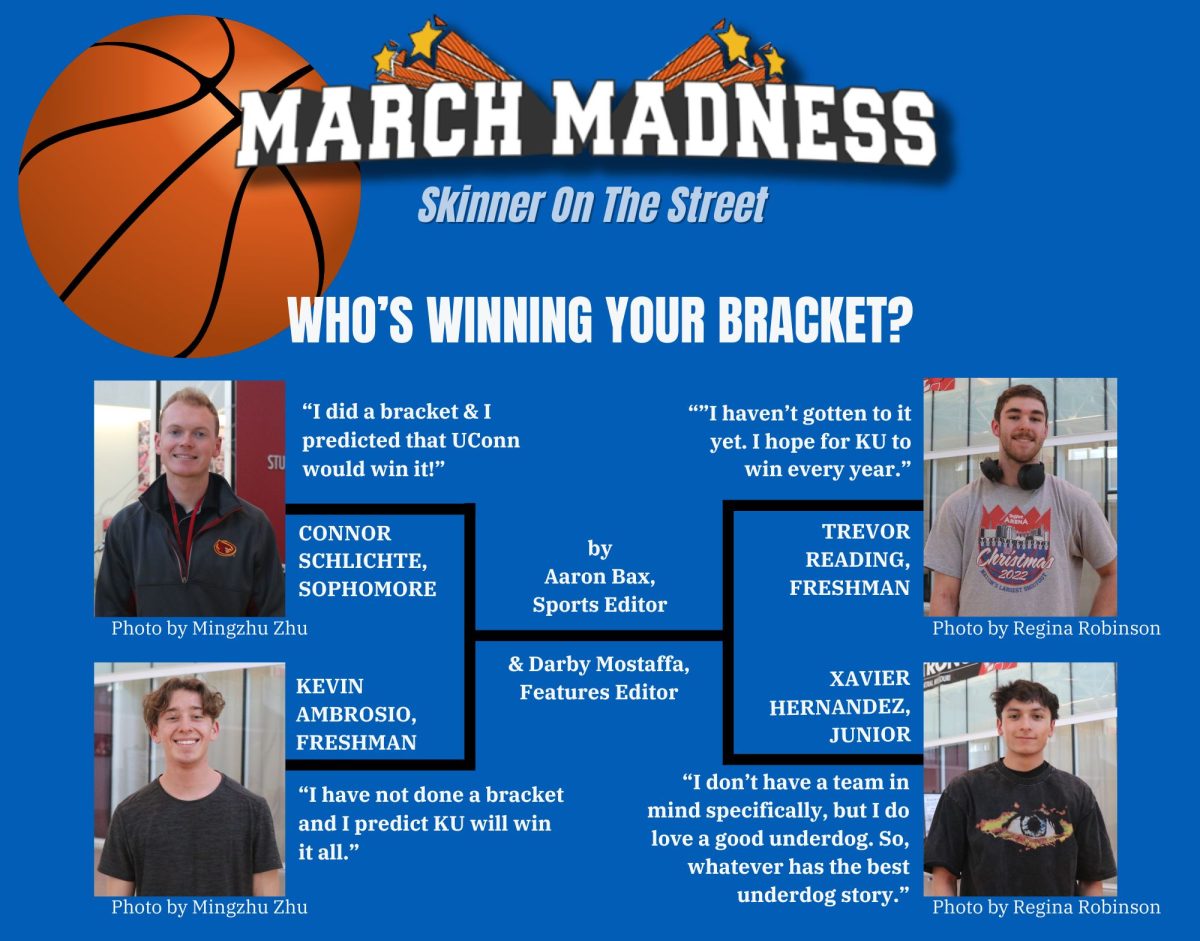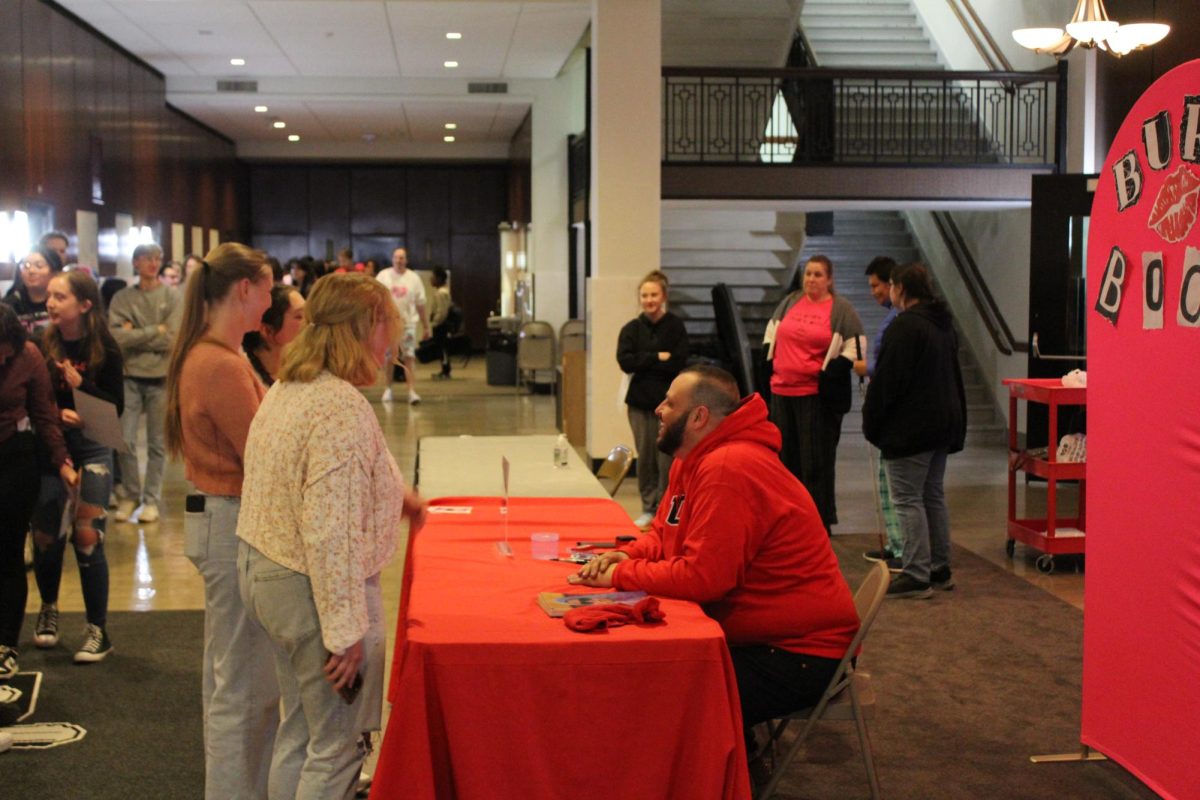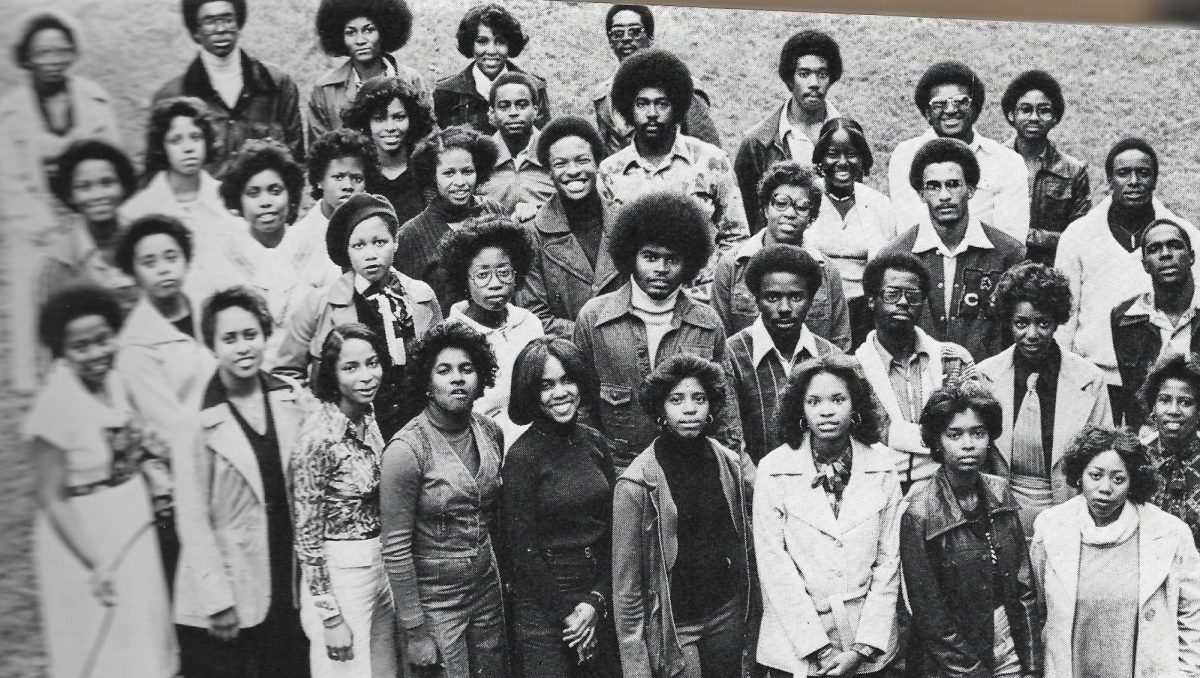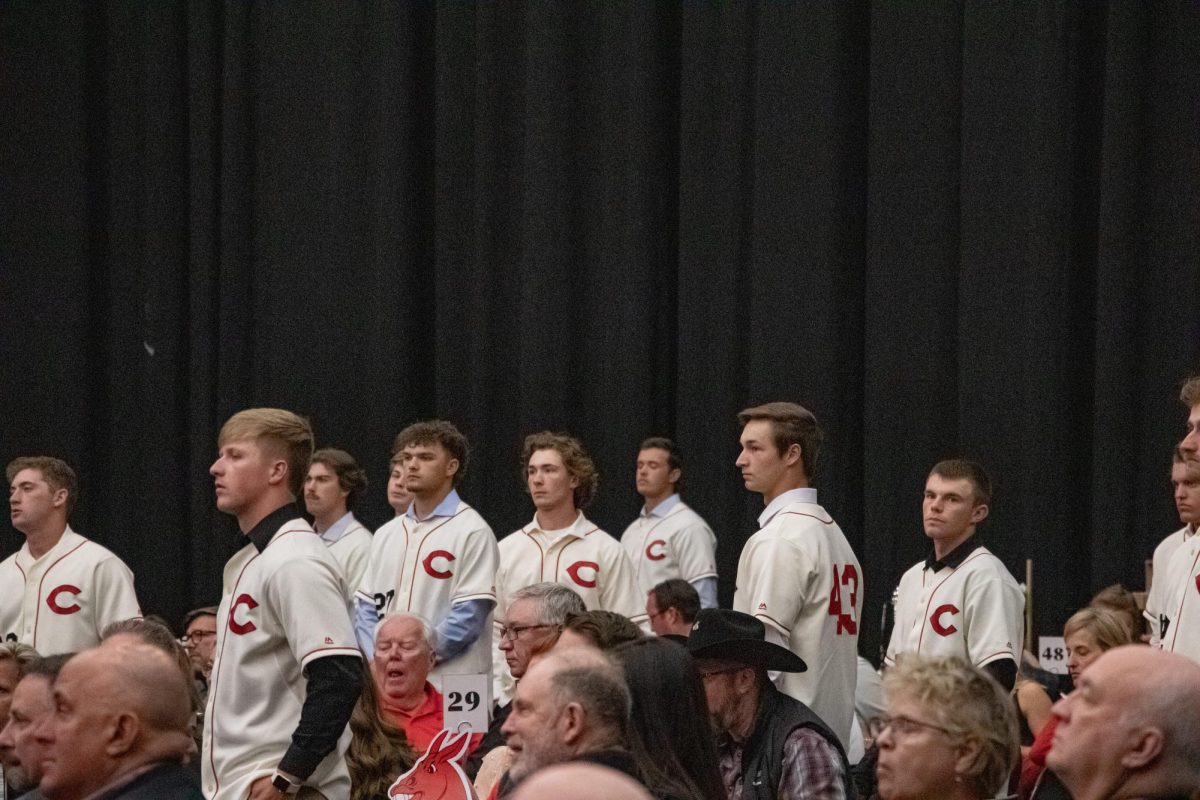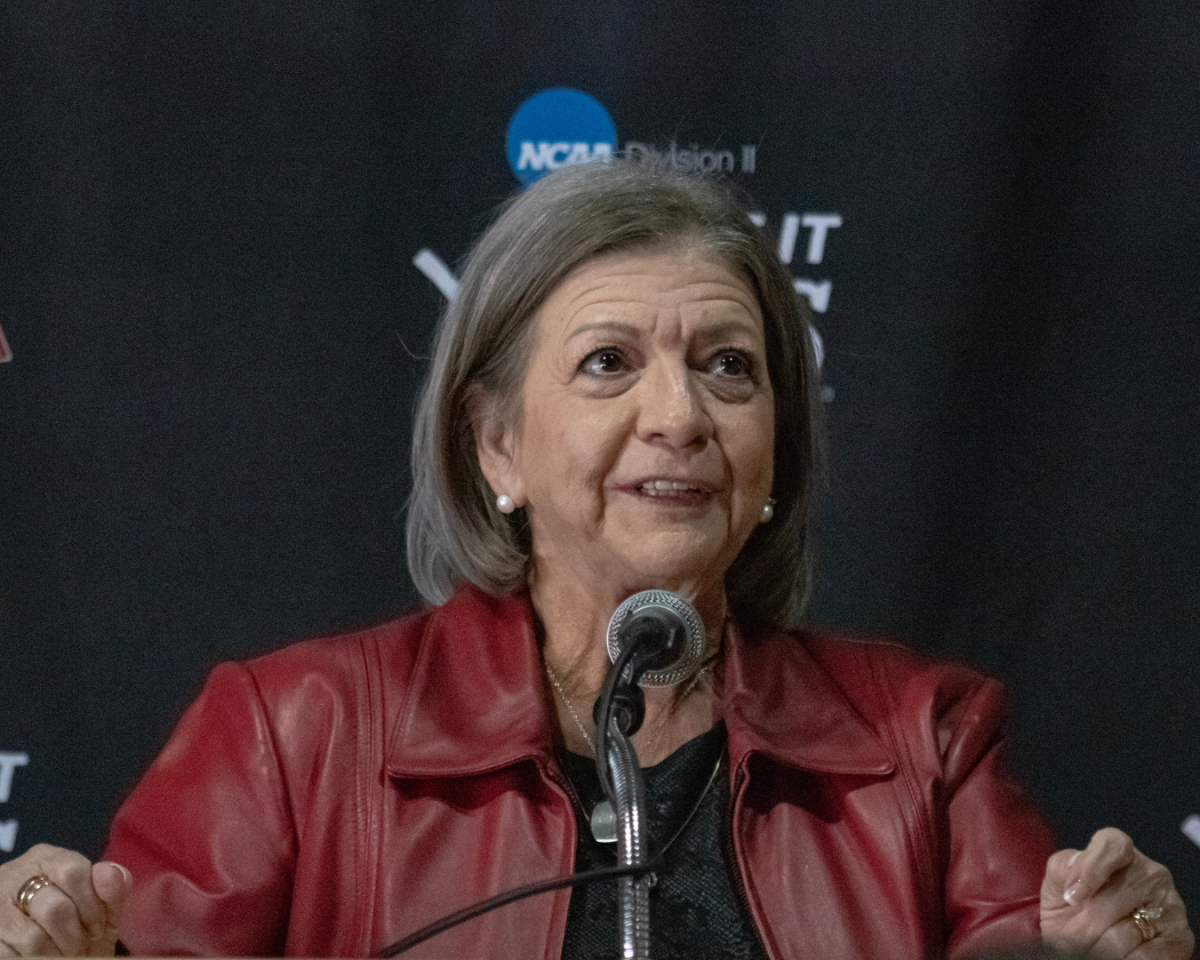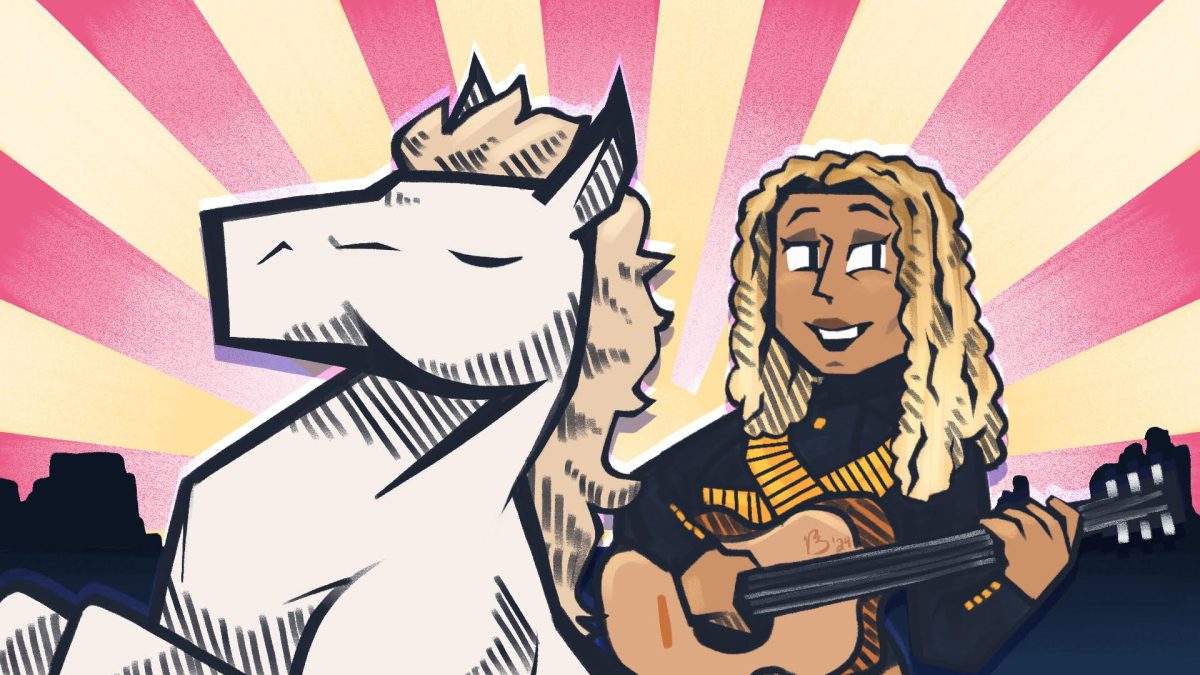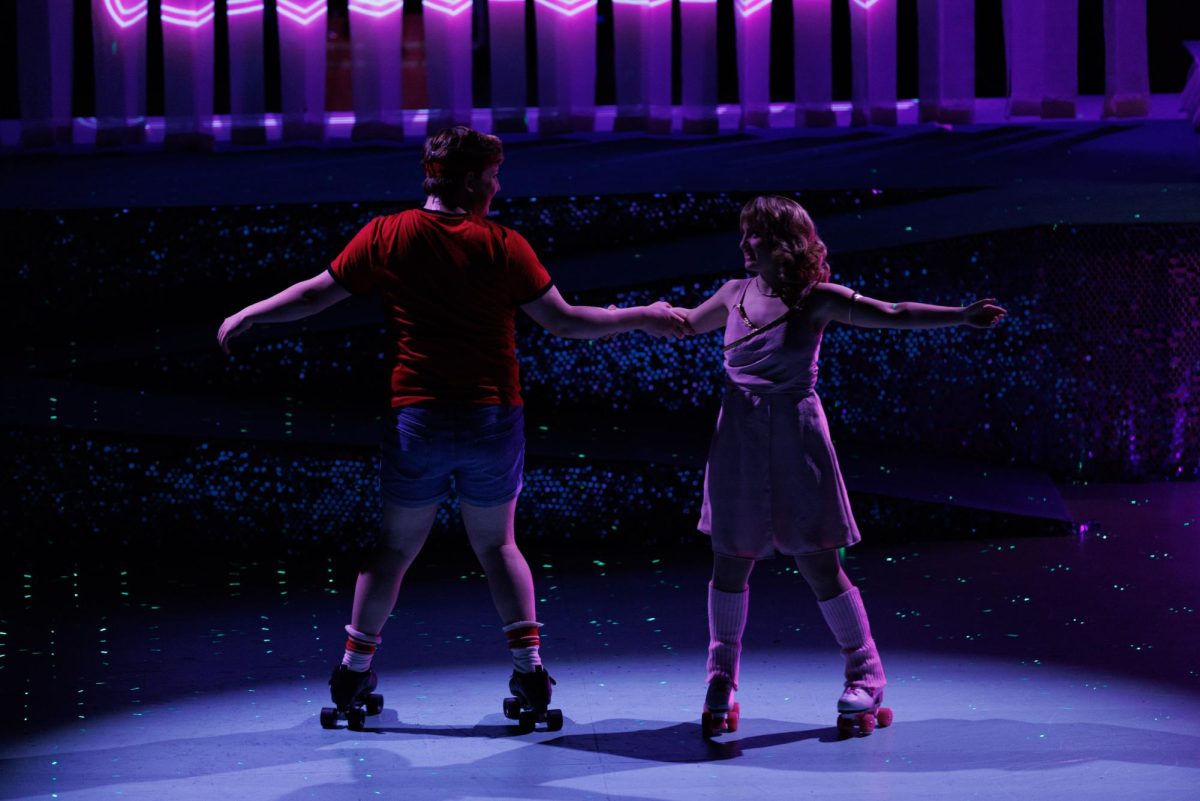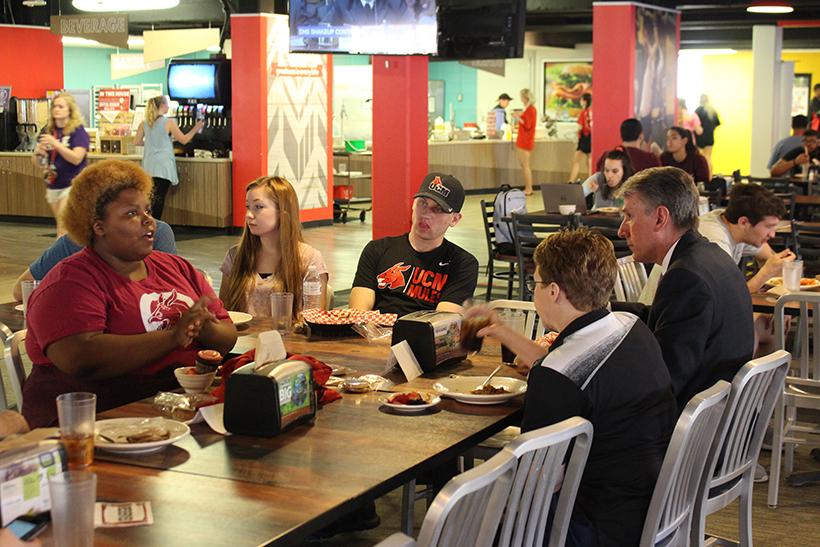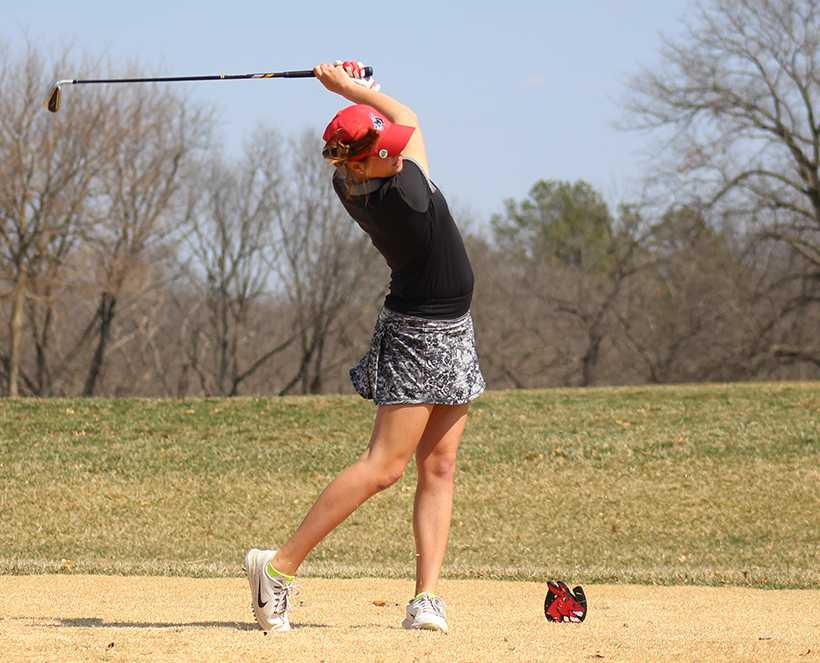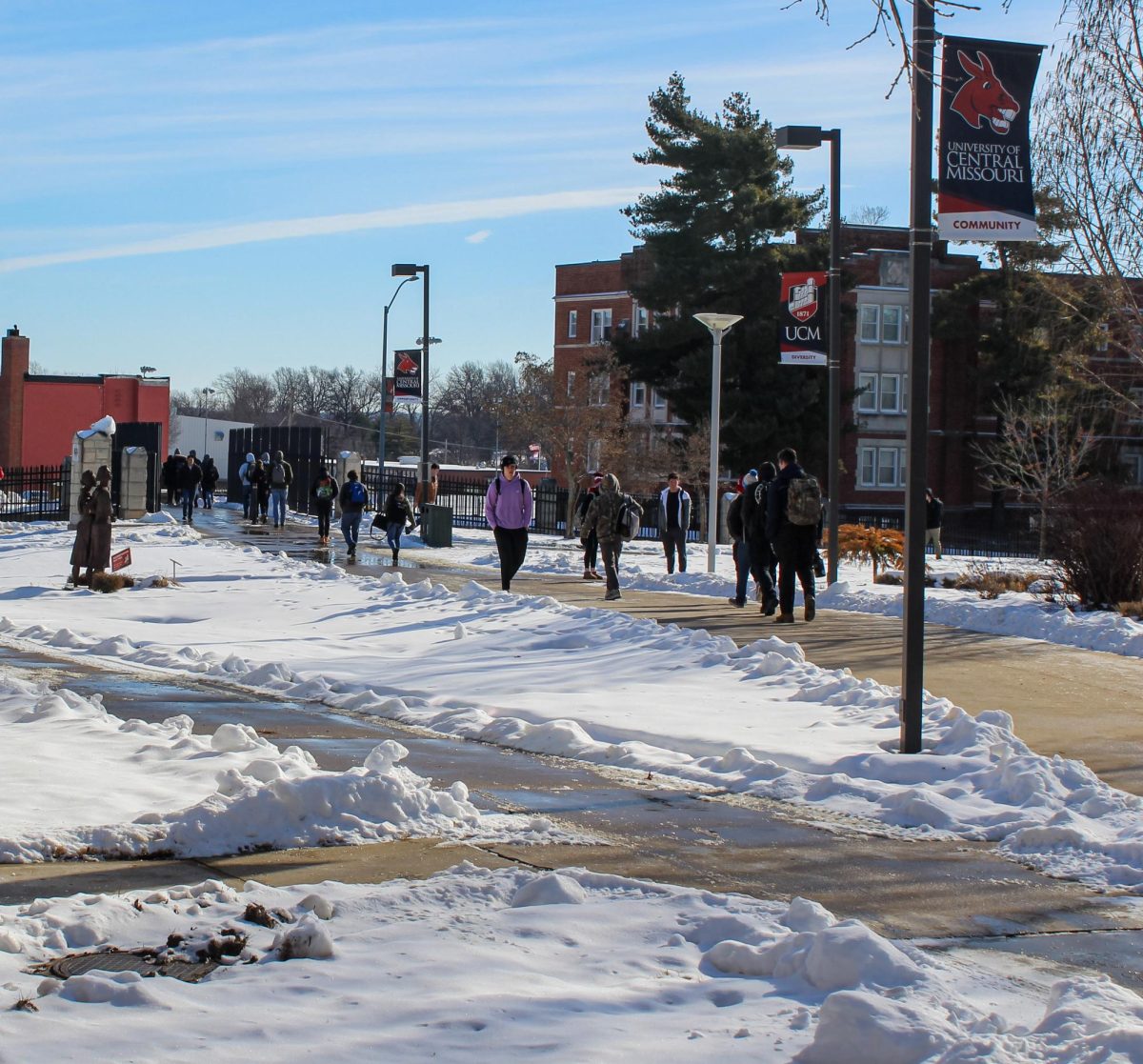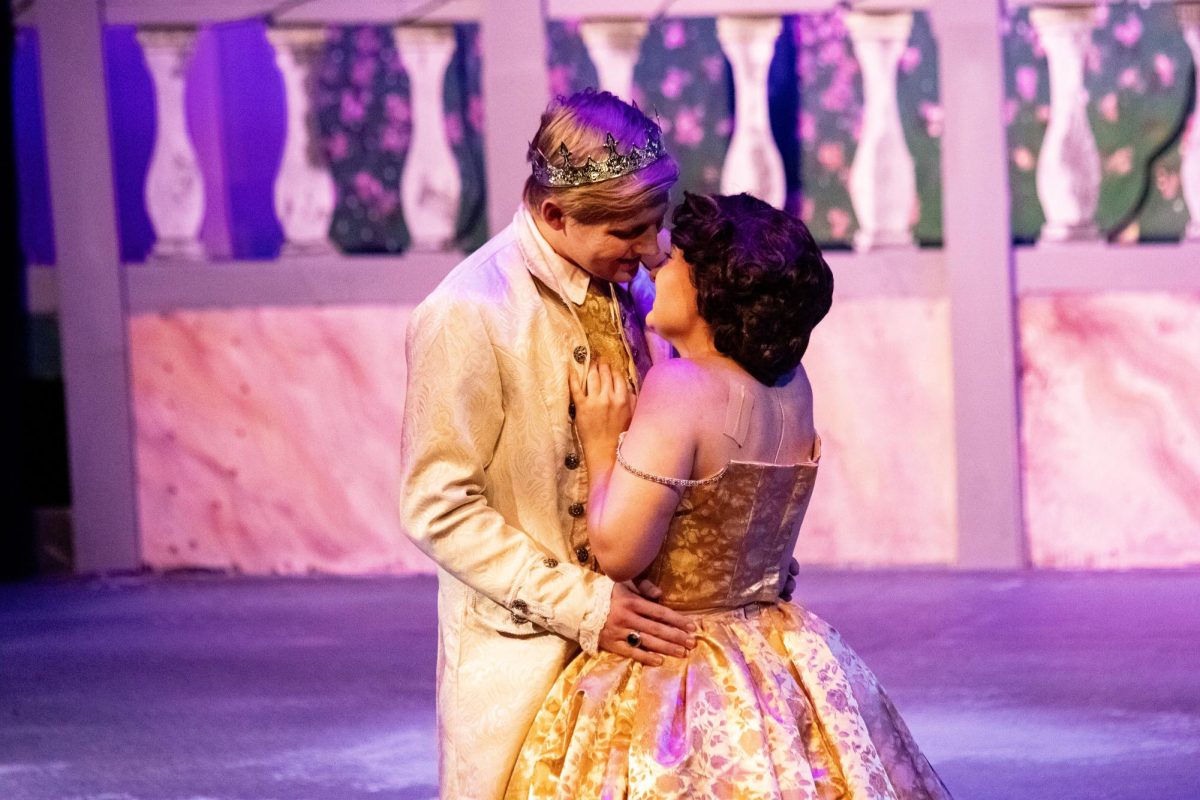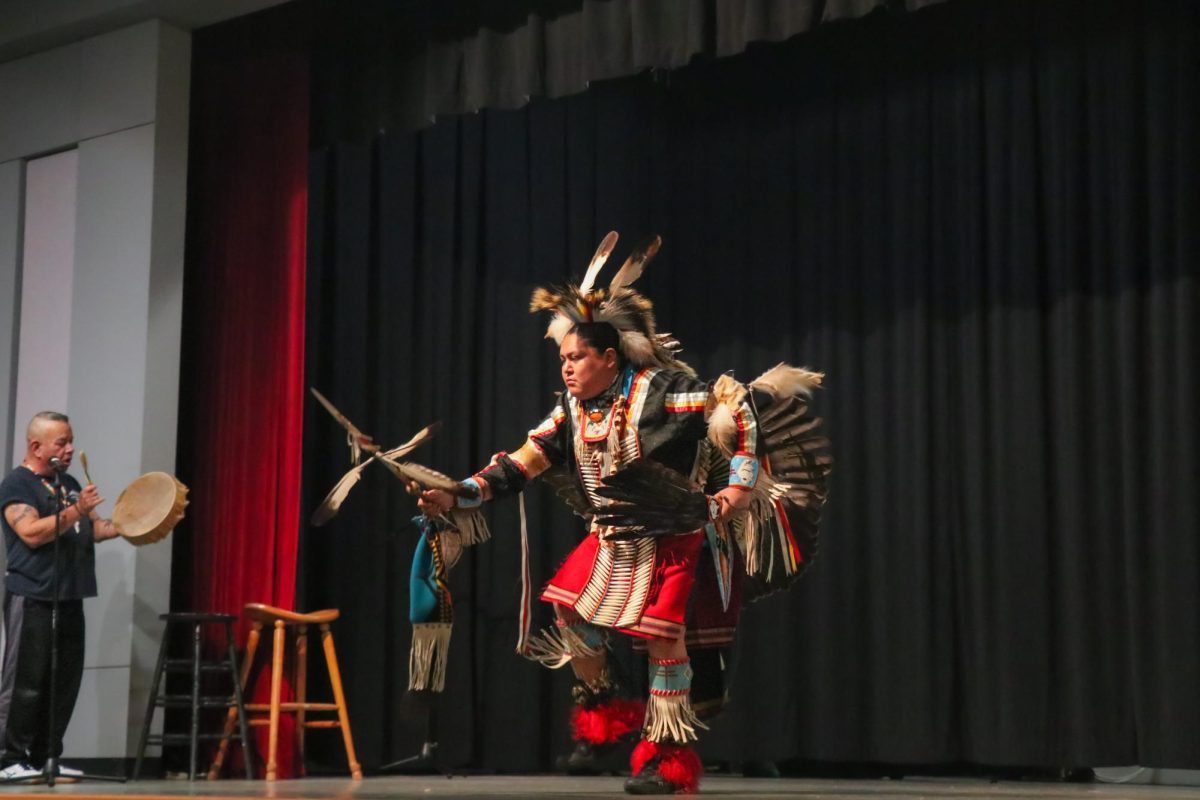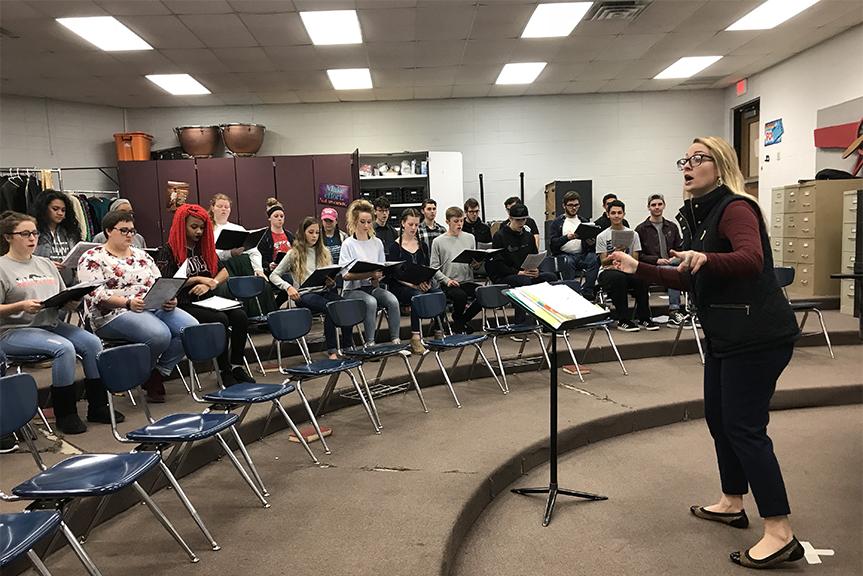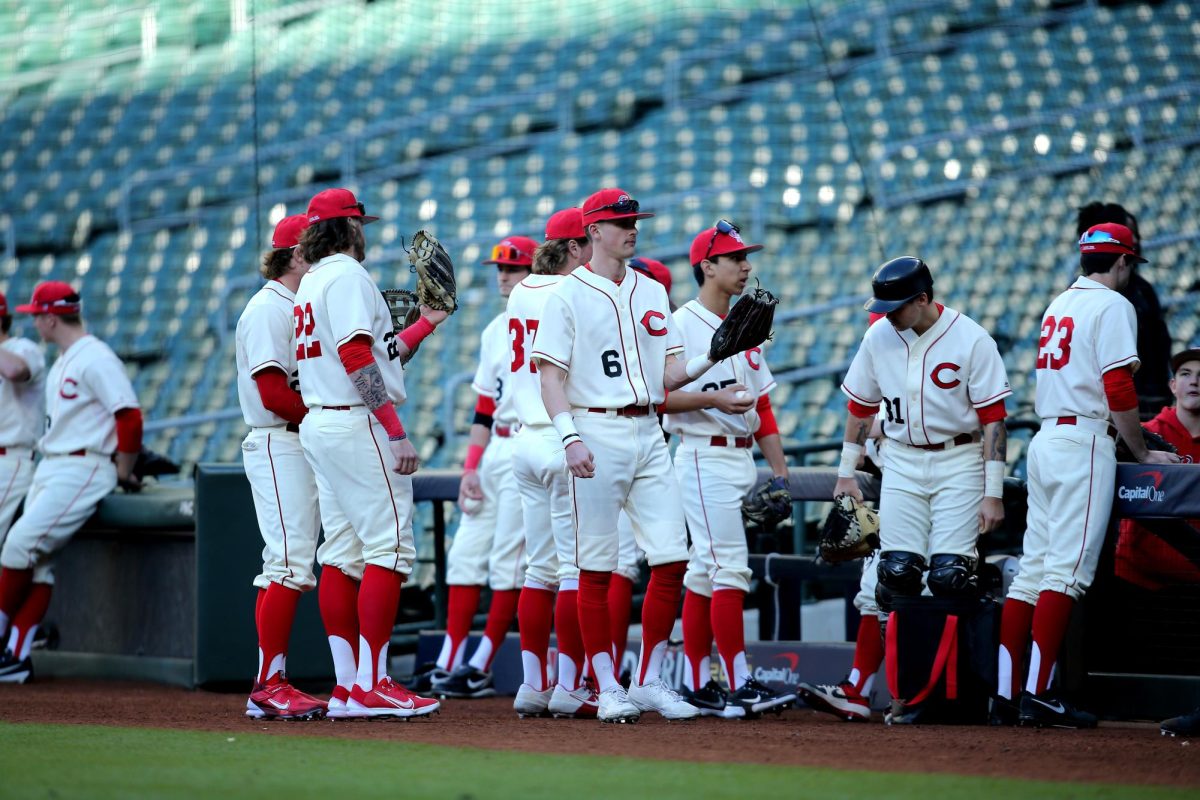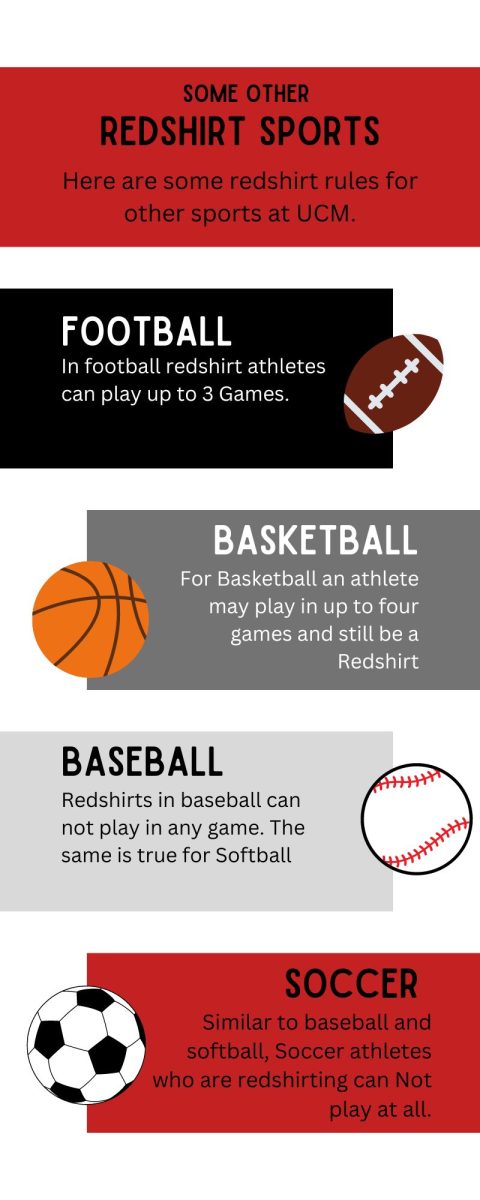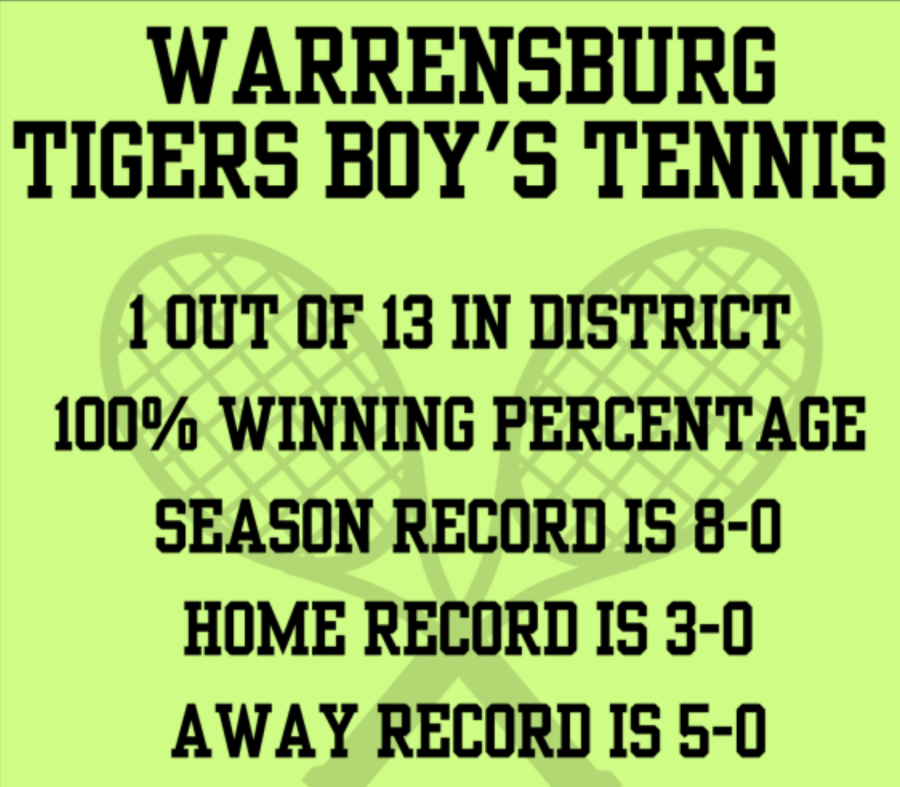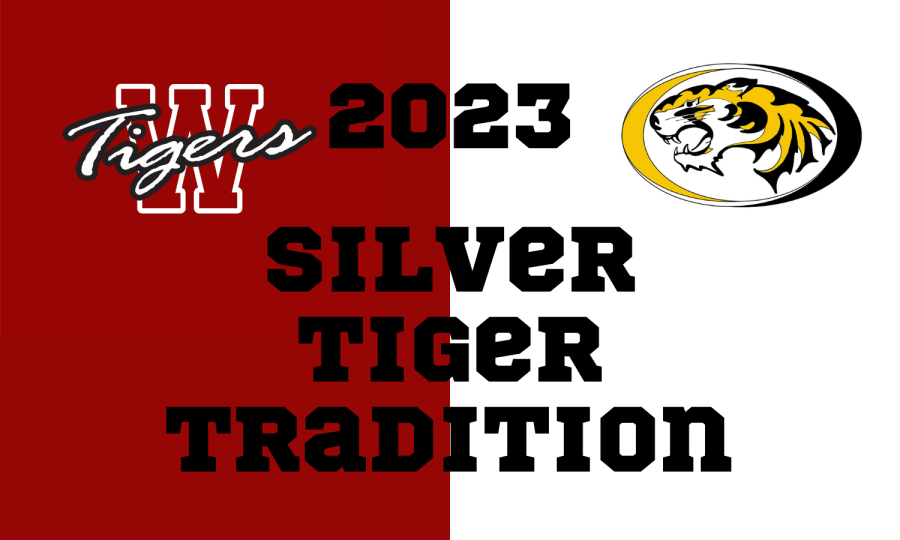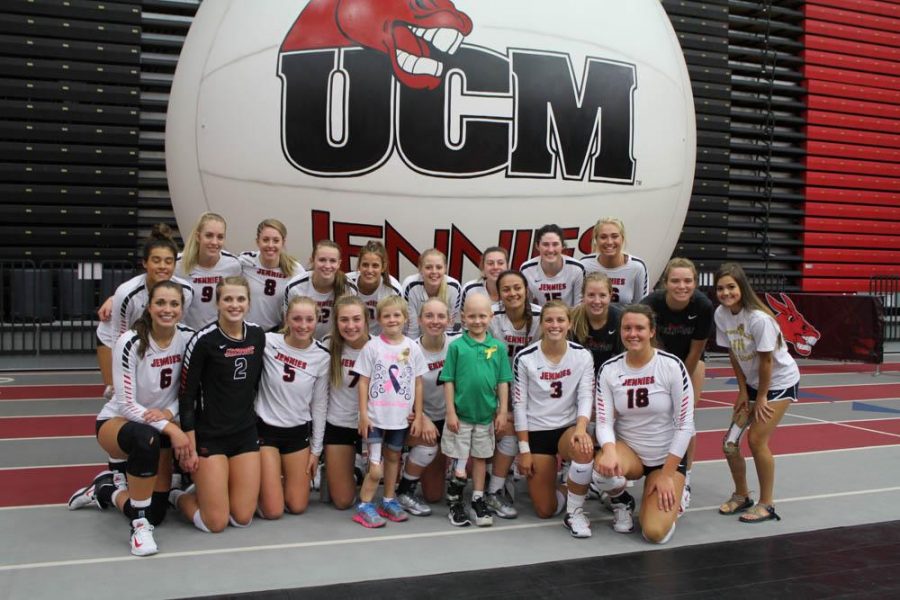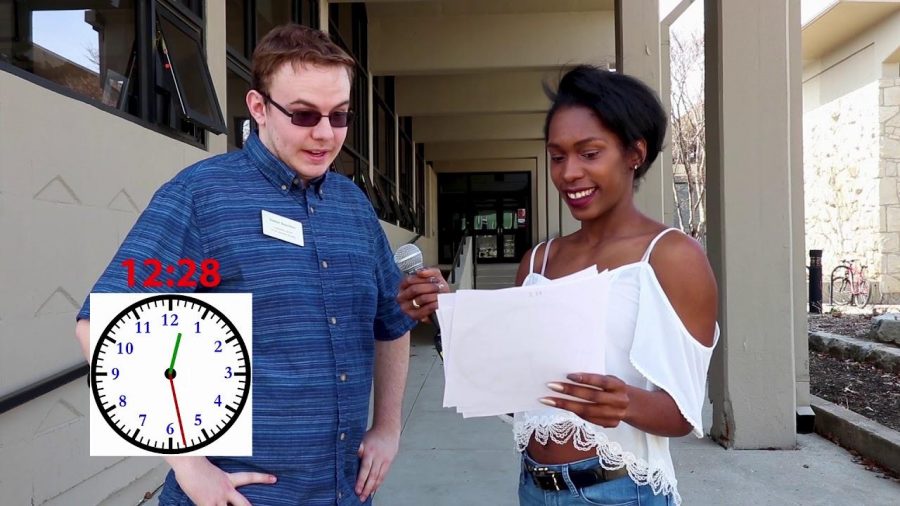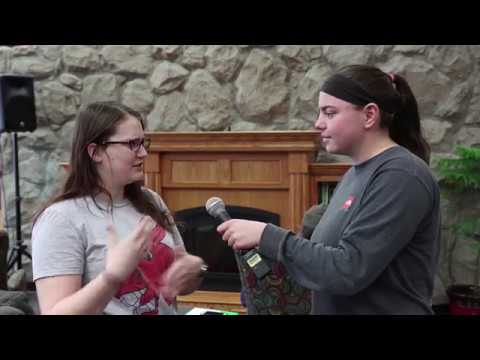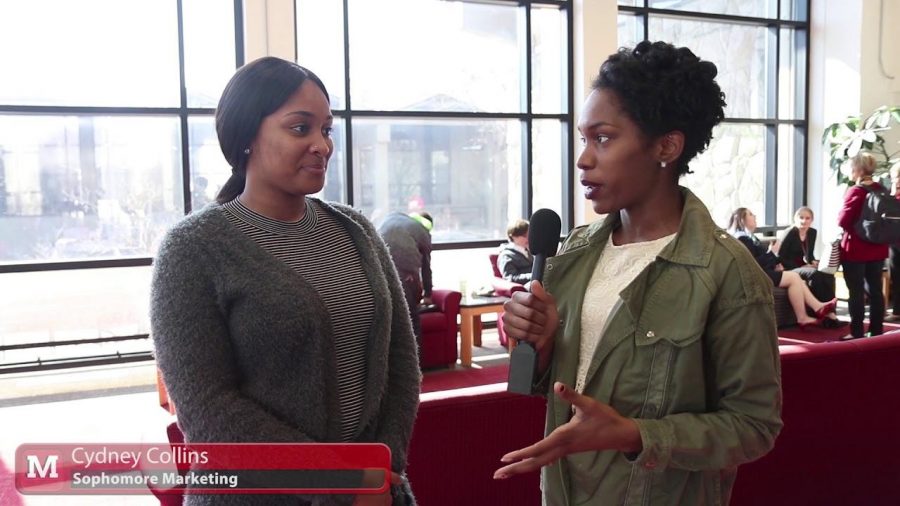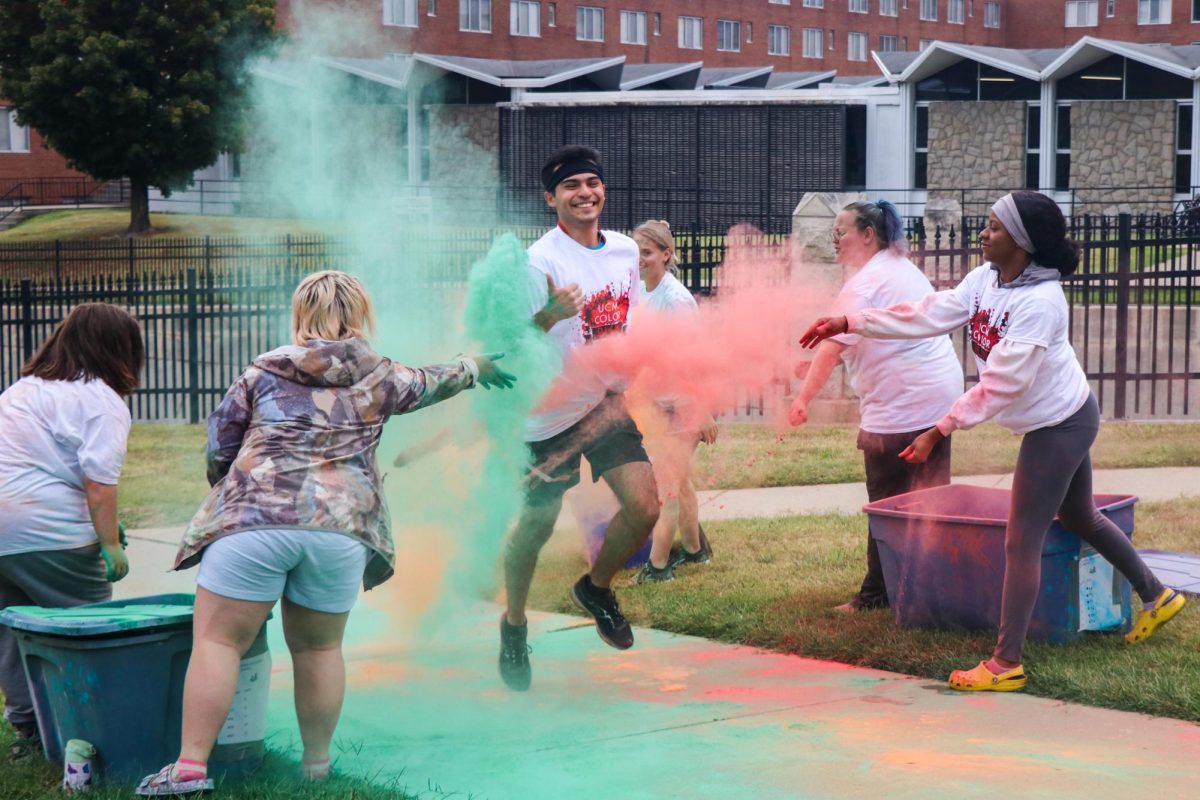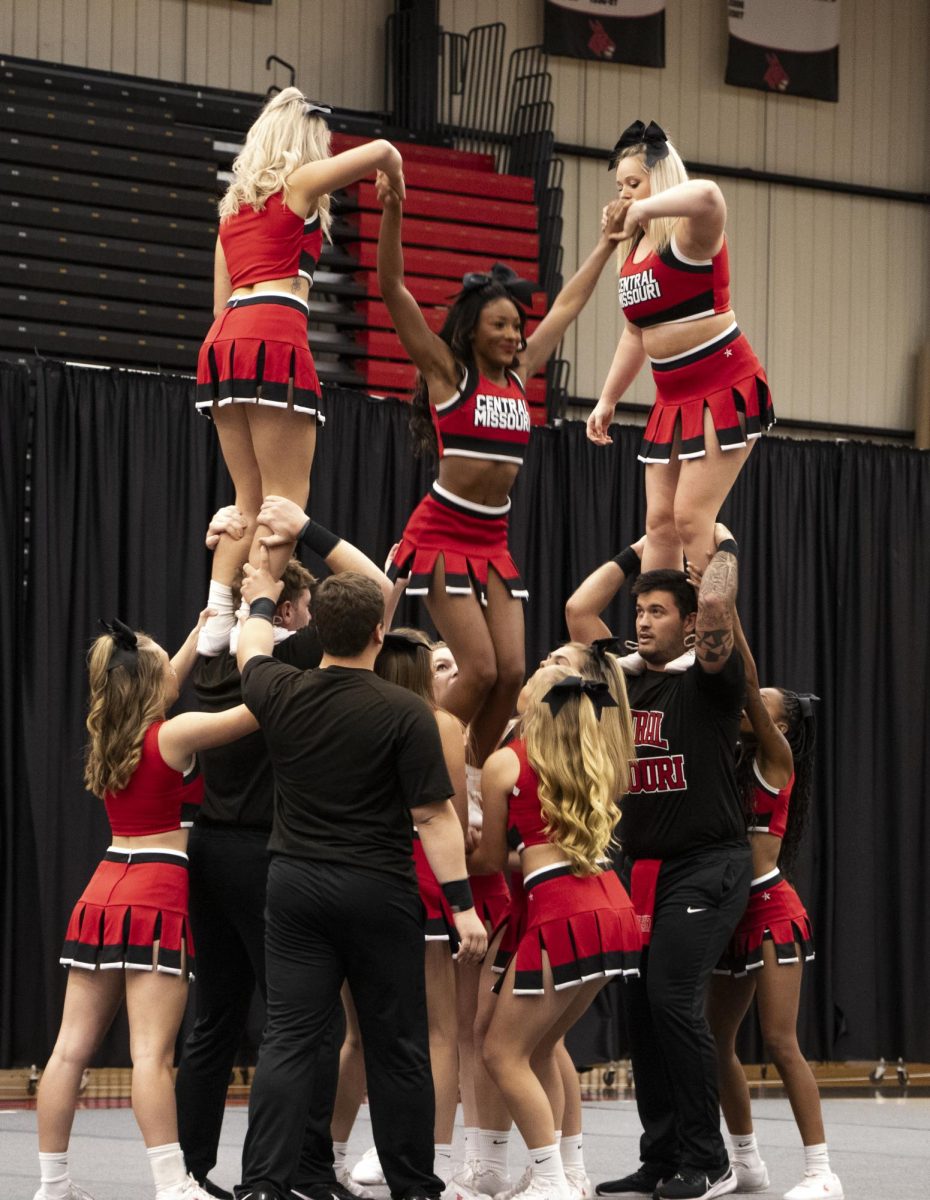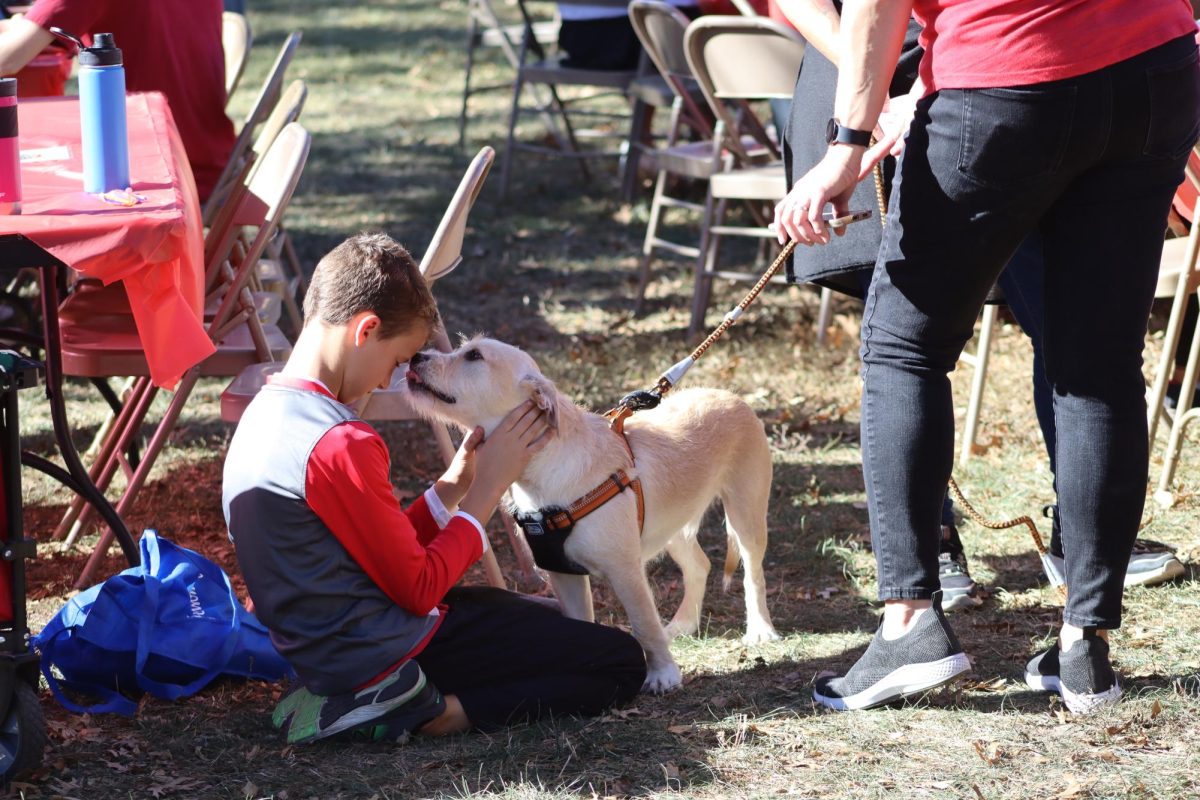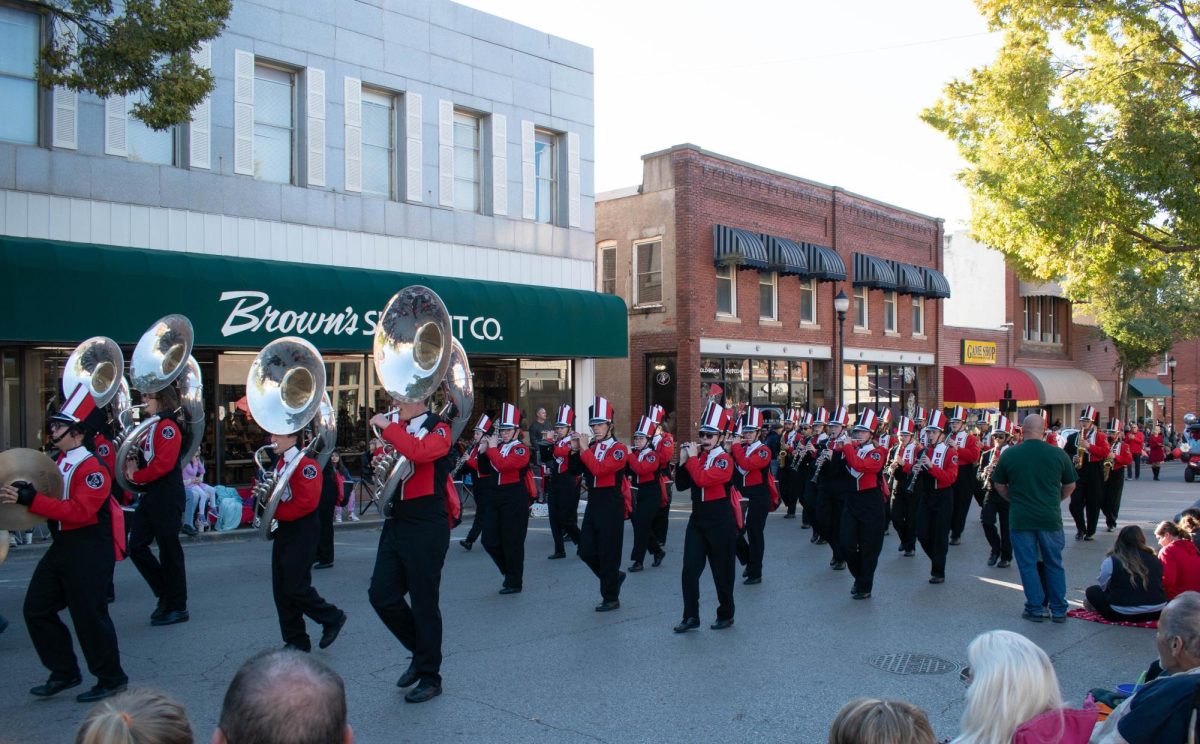By MIKE HENDRICKS
The Kansas City Star
(KANSAS CITY, Mo., AP) — On the bathroom shelf of an apartment in Lawrence, Kan., seven vintage razors stand ready to render smooth as a baby’s behind the face of just one man.
Alex Landazuri, shaving enthusiast.
A year ago, the 31-year-old emergency medical technician wouldn’t have described himself as such. He dreaded mornings in front of the mirror.
“Gawd, I hated shaving,” Landazuri said.
But that all changed when, on the advice of a friend, he joined a small but growing subculture of guys who’ve rejected modern, multi-blade razors or electrics and gone retro.
For the few and the brave it’s straight razors. But many more in the growing retro shaving movement are seeking out the once-ubiquitous tools that their dads and granddads used to scrape their stubble back in the day, The Kansas City Star (http://is.gd/EInv93) reports.
Double-edged safety razors. DEs for short.
Sales of new and used safety razors are on the rise, according to those who deal in them. That includes more than 100 shaving stores nationwide, including one in Kansas City.
On Internet shaving forums — yes, they exist — Millenials and baby boomers alike discuss shaving methodology and rhapsodize about their best shaves ever.
That’s how we found Landazuri, who like countless other guys around the globe once considered the daily act of whisker whacking to be a form of drudgery, and expensive to boot.
“I was sick of paying $4 for cartridges that lasted maybe a week,” he said.
Now he looks forward to choosing his shaving implement of the day, be it his straight razor or, more likely, one of a half dozen old safety razors designed to hold no more than one feather-light waver of extremely sharp stainless steel.
True, it takes a little longer to shave with a safety razor, if avoiding weepers is of any concern, he says. Yet they’re called safety razors for a reason, and Landazuri says it doesn’t take that much longer to avoid nicks than it does to shave with modern plastic razors that are supposedly much safer.
Plus, once they learn proper technique (rule No. 1, let the weight of the razor apply the pressure, not your hand), the result is a closer shave than most guys today have ever experienced.
Add to that some ritual — pre-shave oil, followed by shaving cream applied with a badger hair brush, a cold-water rinse and aftershave — and suddenly it’s less a chore than a pleasure.
“I look forward to it now,” Landazuri said. “My wife gets a little sad when I shave, because she likes a little stubble. But I like it smooth.”
You graybeards will recall that, for much of the 20th century, double-edged safety razors had the wet-shaving market practically to themselves. Patented in 1904 by a socialist eccentric marketing genius named King C. Gillette, they were a vast improvement over straight razors and single-blade safety razors that weren’t all that safe and needed to be sharpened regularly.
The U.S. Army ensured the popularity of razors with double-edged disposable blades by issuing them to soldiers in World War I and its sequel.
New versions came out by the dozens. Some with long combs covering all but a sliver of the blades. Some with short combs covered a little less, making for a more “aggressive,” nick-prone shave.
There were three-piece versions that you unscrewed to insert a new blade, as well as single-piece, turn-to-open models. But the basic product never changed.
It never occurred to anyone that a day would come when razors like the Gillette Fusion would have five blades and battery-powered handles that throbbed.
But the big change began in 1971 with the coming of cartridge and disposable razors, starting with the Gillette Trac II.
Now the corporation that invented and popularized the doubled-edge safety razor no longer sells them in America. Only a few companies do and they are not generally available in most drug stores and supermarkets, although the blades are.
Indeed, about the only place to buy a new safety razor in America these days is online or in pricey specialty stores.
Yet in spite of the short supply and almost non-existent marketing, demand for double-edged razors is rising.
Industry figures are not available, and a spokesman for industry leader Gillette failed to respond to requests for comment.
But there’s plenty of anecdotal evidence. Even at $80 to $95 each, new adjustable models quickly vanish from the shelves of The Art of Shaving store in Kansas City, part of a chain that, like Gillette, is owned by Procter & Gamble.
“They don’t last long,” said manager Ana Machin. “As soon as we get them, we run out.”
Meanwhile, prices for vintage safety razors are edging up on eBay and Craigslist.
Bargains remain. You still see some being sold for as low as $10. But one of the most sought-after models, a Gillette adjustable razor manufactured between 1958 and 1962 and known as “Fat Boy” due to its thick handle, can now set its owner back $140.
“The Fat Boy is iconic,” said Stan Hickam, who sells that model and others on a site called abovethetie.com.
Retro shaving is sometimes dismissed as another hipster affectation, like wearing fedoras and buying vinyl records in the MP3 age. And indeed, many of the people discussing it on the forums are, according to one poll, in their 20s and 30s.
Yet visit badgerandblade.com, one of the more popular Internet shaving forums, and you’ll find men twice Landazuri’s age in a lather about double-edged razors.
Sixty-year-old Kenneth Lynn, of Overland Park, Kan., is a very enthusiastic shaving enthusiast. A year and a half ago, he’d never held a double-edged razor to his face. Now he owns 60 vintage razors and 40 badger hair shaving brushes, which are the most sought after.
That’s partly due to his nature. “I’m an acquirer,” he said while showing a visitor his collection one evening.
But he’s more than a collector. Lynn enjoys the half-hour he sets aside each day for his shaving ritual, which begins with a hot shower and ends with him plunging his face into a bowl of scented ice water for 90 seconds to close his pores and achieve “mindfulness.”
“It truly is meditative for me,” Lynn said. “It strikes me that the shaving ritual is a lot like a Japanese tea ceremony.”
When he put forth his theory on badgerandblade.com last October, some poked fun.
“Maybe DE shaving isn’t advanced enough for you to find your Zen,” one poster wrote and advised him to try a straight razor instead.
“You will find your Zen, or you will find yourself…in the emergency room.”
For many, the practice of shaving with a doubled-edged blade is far less esoteric. They initially get into it out of curiosity or to save money.
“The appeal is going back to simpler ways, more comfortable ways, more cost-effective ways,” says Randy Tuttle, a 64-year-old retiree in St. Paul, Minn., who is setting up a meeting for retro shaving fans to compare notes in Kansas City this fall.
A decade ago, he switched from disposables to double-edged and straight razors because he wanted to save cash — you can spend less than 3 cents a shave with double-edged after the initial investment.
But he also wondered what kind of shave he’d get.
His conclusion matched that of Paul McCarty, who lives near Kirksville, Mo., and is close to Tuttle’s age.
He says he shaved regularly with a Gillette adjustable for 25 years before switching to an electric purely for reasons of convenience.
“I enjoy shaving with one because you get a better shave,” he said of the safety razor. Rarely did he have 5 o’clock shadow.
And with the electric?
“I shaved with my electric today and I can already feel the whiskers.”
Just then, it was closing in on noon.
Recent Stories
- New Trend: Artists switching genres
- UCM Greek Life Prepares for Greek Week
- “Xanadu”, the absurd and the heartfelt show by UCM Theatre
- Spring Break Poll
- Skinner on the Street
- SGA to hold upcoming election
- “Now that’s a party!”: A “Mean Girls” (2024) Review
- Mo’s Activity Council hosts Mean Girls actor, Daniel Franzese
- Former World Series MVP speaks at UCM First Pitch Banquet
- UMG has falling out with TikTok due to contract diputes

